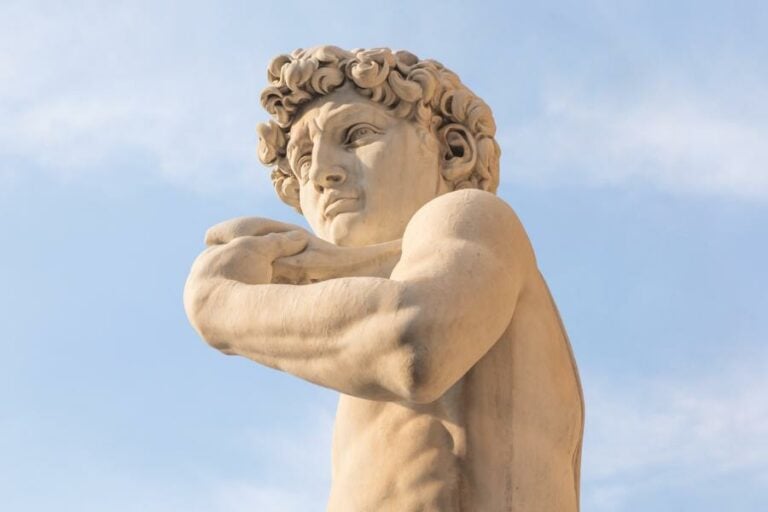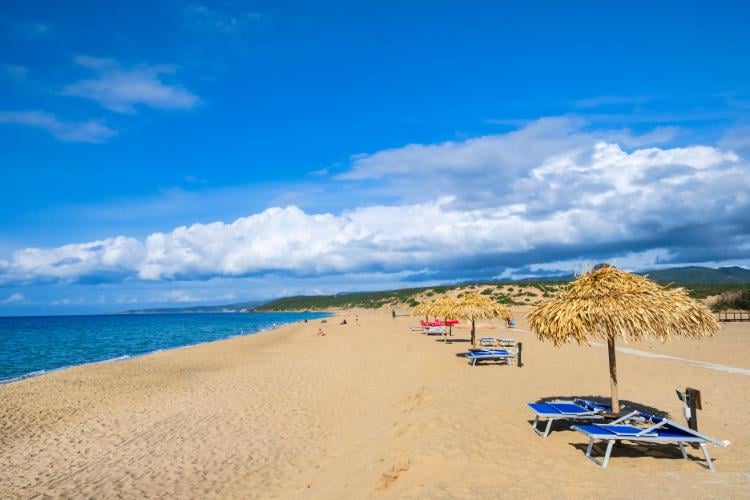10 Must-See Historical Sites in Italy You Don’t Want to Miss
Regarding historical sites, Italy is a treasure trove of ancient ruins, grand cathedrals, and stunning art. From the Colosseum in Rome to the Leaning Tower of Pisa, the country is home to some of the most iconic historical sites in the world.
Whether you’re a history buff or just looking for a memorable vacation, here are the top 10 historical sites in Italy that should be on your itinerary.
1. The Colosseum, Rome

Located in the heart of Rome, the Colosseum is one of the most famous historical sites in the world. The Colosseum is a big, old building built in 80 A.D. and was used to hold fights and shows for people to watch.
With its impressive size and well-preserved state, it’s easy to imagine the cheers of the crowds and the clashes of swords that once echoed through the Colosseum’s walls.
While the Colosseum alone is a magnificent site, a visit to Rome wouldn’t be complete without also exploring its nearby treasures.
Just a few yards away, within easy walking distance, lie the Roman Forum and Palatine Hill. These adjacent sites are encased within a single enclosure and offer a deeper dive into the ancient city’s remarkable history.
The Colosseum in Rome: Quick Facts
- The Colosseum in Rome was built between 72-80 A.D. and is considered one of the greatest works of Roman Architecture.
- The Colosseum has a seating capacity of up to 50,000 spectators and was used for various events such as gladiatorial combat, public spectacles, theatre performances, animal hunts, executions, and more.
- The Colosseum is now a UNESCO World Heritage Site and one of the world’s most popular monuments and tourist attractions.
2. The Leaning Tower of Pisa
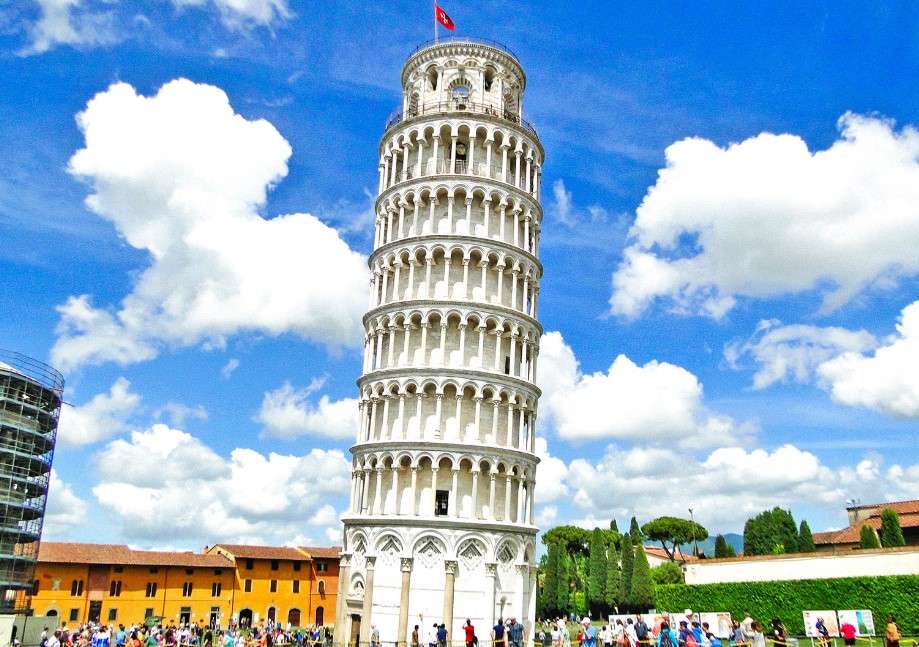
The Leaning Tower of Pisa is a must-see historical site in Pisa, Tuscany. The tower is famous for its unintentional tilt; it is a UNESCO World Heritage Site and a must-visit historical site in Italy.
The tower was built in 1173, and the tip began during construction caused by an inadequate foundation on the ground, too soft on one side.
The Leaning Tower of Pisa: Quick Facts
- The Leaning Tower of Pisa is an iconic freestanding bell tower in Pisa, Italy, and is the campanile, or freestanding bell tower, of the Cathedral of Pisa.
- The tower began to lean during construction in the 12th century due to an inadequate foundation on the ground, too soft on one side to support the structure’s weight properly.
- The tower’s tilt angle has slowly decreased since 2001 due to efforts to stabilize it.
Related Reading: Italian City with a Famous Tower: Top 12 to Visit
3. The Pantheon, Rome
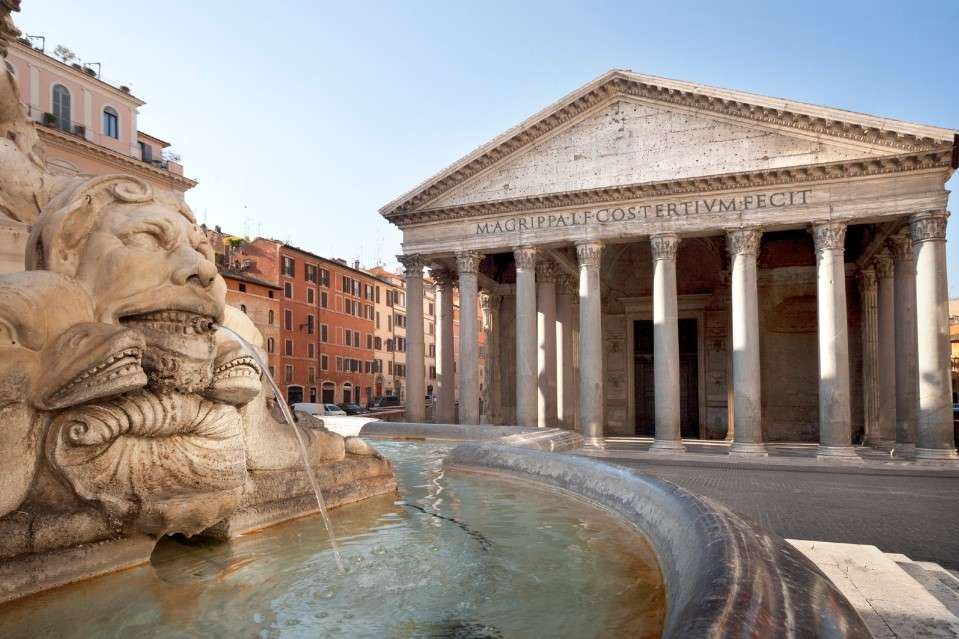
The Pantheon is a circular temple located in Rome and is considered one of the best-preserved ancient buildings in the world.
Built in 27 B.C., it was initially dedicated to the gods of Ancient Rome. Its impressive dome is still the largest unsupported dome in the world made of concrete.
The Pantheon in Rome: Quick Facts
- The Pantheon in Rome was originally built as a temple to all Roman gods and goddesses.
- The Pantheon has been in continuous use for almost 2,000 years and is one of the best-preserved buildings from Ancient Rome.
- The Pantheon is famous for its impressive dome, made out of concrete, and is 43 meters (142 feet) in diameter.
4. Pompeii, Naples
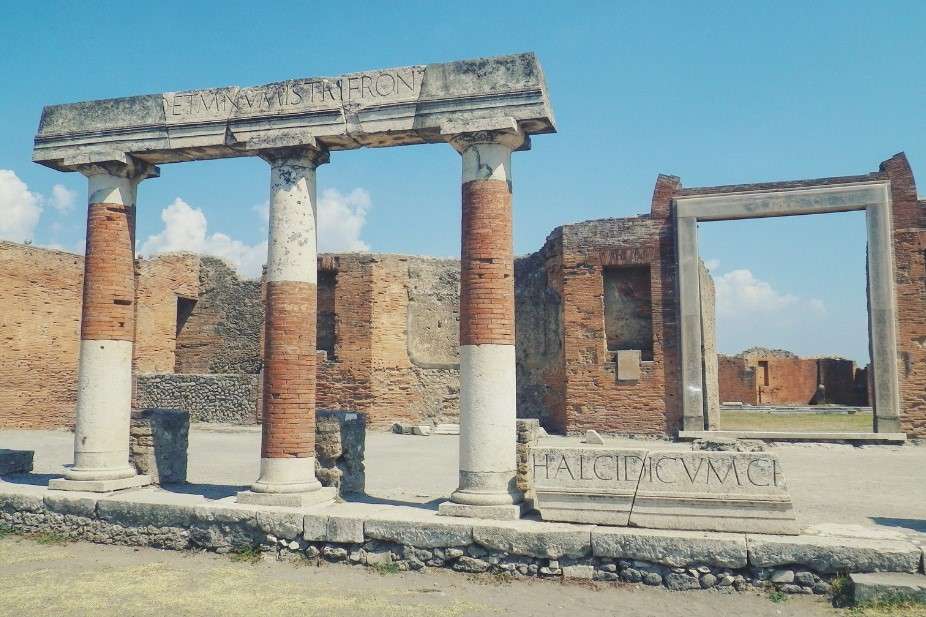
Pompeii is an ancient Roman city near Naples, Italy. It was destroyed and buried under ash and pumice in the eruption of Mount Vesuvius in A.D. 79.
The site is a treasure trove of well-preserved ruins, frescoes, mosaics, and artifacts that give visitors a glimpse into the daily life of the ancient Romans.
Pompeii, Naples: Quick Facts
- Pompeii was a large and prosperous Roman city near the Bay of Naples that was destroyed in 79 A.D. by the eruption of Mount Vesuvius.
- The eruption covered the city in a thick layer of ash, preserving much of the architecture and artifacts for centuries.
- The archaeological site of Pompeii is now a popular tourist destination, with over 2.5 million visitors per year.
Pro Tip: For an enriching experience at Pompeii, consider exploring its historical wonders through a guided tour.
5. The Uffizi Gallery, Florence
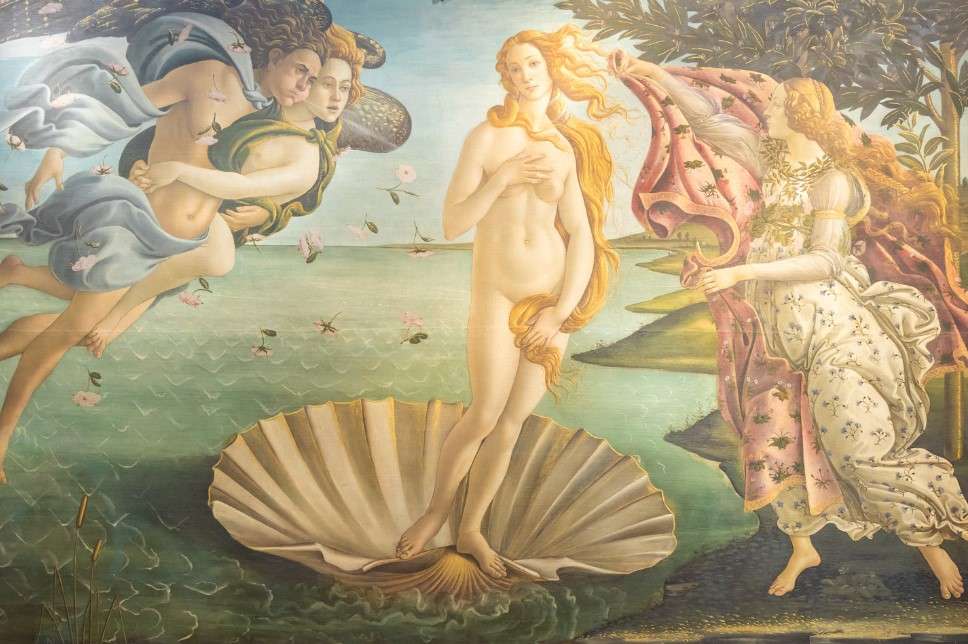
The Uffizi Gallery is one of the most famous art museums in the world and a must-see historical site if you visit Italy. It’s located in Florence, Tuscany.
The gallery is home to an impressive collection of Renaissance art, including works by Botticelli, Raphael, and Michelangelo.
The Uffizi Gallery, Florence: Quick Facts
- The Uffizi Gallery was built in the mid-16th century by the ruling Medici family.
- The Uffizi Gallery houses some of the world’s most famous works of art, including the Birth of Venus by Sandro Botticelli and the Annunciation by Leonardo da Vinci.
- The Uffizi Gallery is home to the world’s most extensive Renaissance art collection.
6. The Sistine Chapel, Vatican City

The Sistine Chapel is located in Vatican City, Rome. It is famous for its ceiling fresco painted by Michelangelo, depicting scenes from the Book of Genesis. The chapel is also the site of the conclave in which the Pope is elected.
The Sistine Chapel in Rome: Quick Facts
- The Sistine Chapel is located inside the Vatican Museums (which date back to the early 16th century), within the Apostolic Palace.
- The Italian artist Michelangelo painted the Sistine Chapel’s ceiling between 1508 and 1512.
- The Sistine Chapel is one of the most famous and visited tourist attractions in the world.
7. The Basilica of San Giovanni in Laterano, Rome
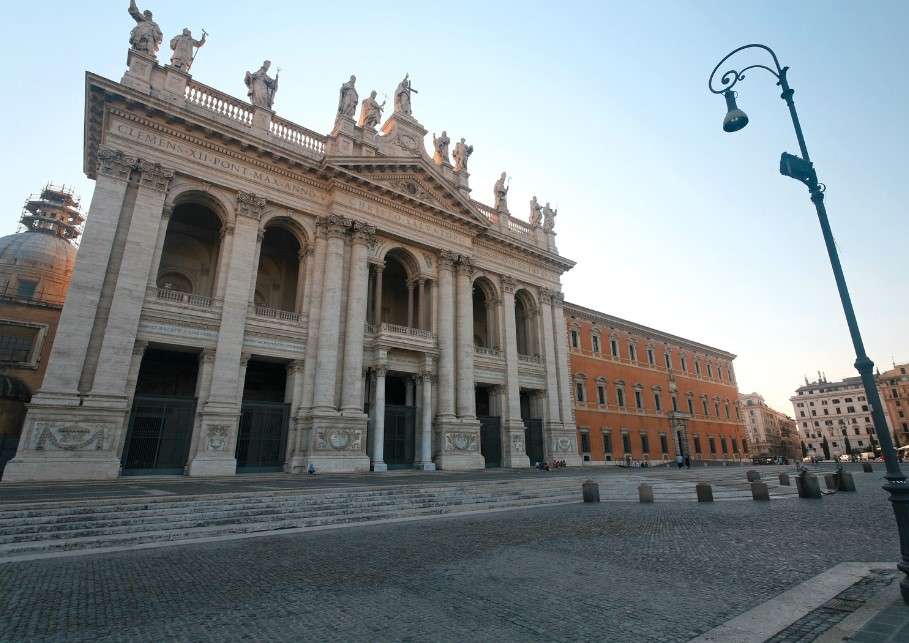
The Basilica of San Giovanni in Laterano is the oldest and ranks first among the four Papal Basilicas of Rome. It was once the papal palace and is now a church. The basilica is known for its impressive architectural style, intricate mosaics, and stunning frescoes.
San Giovanni in Laterano, Rome: Quick Facts
- The Basilica of San Giovanni in Laterano is the oldest cathedral in Rome and the official seat of the Pope.
- It was built in 324 AD by Emperor Constantine and is the first basilica constructed in the Christian world.
- The church is home to several influential art and artifacts, including the Lateran Obelisk, the large porphyry altar slab, and a vast mosaic of Christ Pantocrator.
8. The Cathedral of Santa Maria del Fiore, Florence
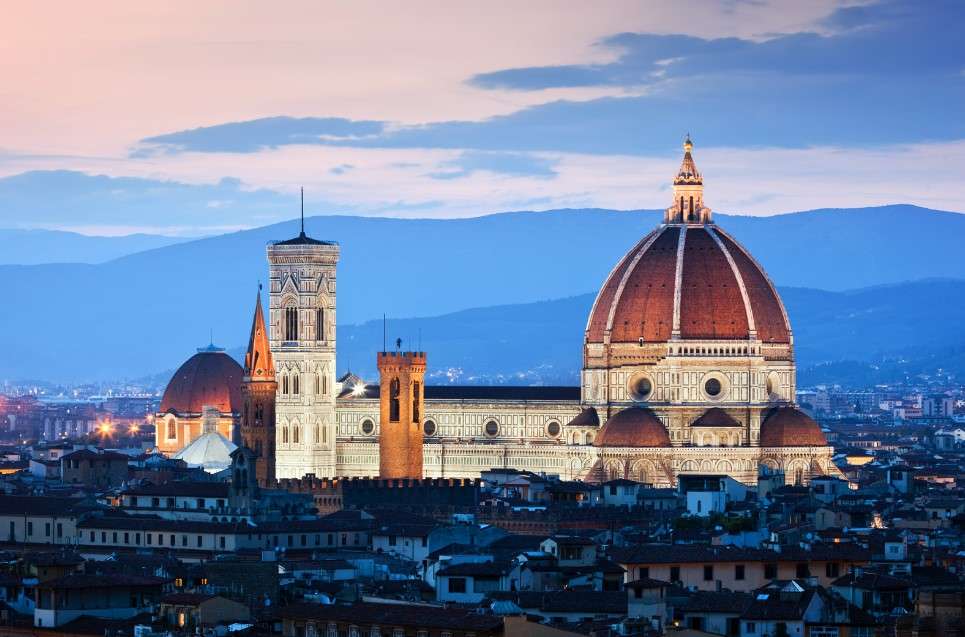
The Cathedral of Santa Maria del Fiore is the main church of Florence and is famous for its impressive dome, designed by Filippo Brunelleschi, one of Italy’s most renowned artists.
This Italy historical site is also home to many other works of art, including frescoes by Vasari and sculptures by Donatello.
The Cathedral of Santa Maria del Fiore, Florence: Quick Facts
- The Cathedral of Santa Maria del Fiore is a world-renowned example of Italian Gothic architecture and one of Florence’s most iconic landmarks.
- The construction of the Florence Cathedral began in 1296 and was completed in 1436, making it the fourth-largest church in the world and one of the largest in Italy.
- Renowned Renaissance architect Filippo Brunelleschi designed the impressive dome of Santa Maria del Fiore, which was the largest cathedral of its kind in the world when it was completed in 1436.
9. The Basilica of San Francesco, Assisi
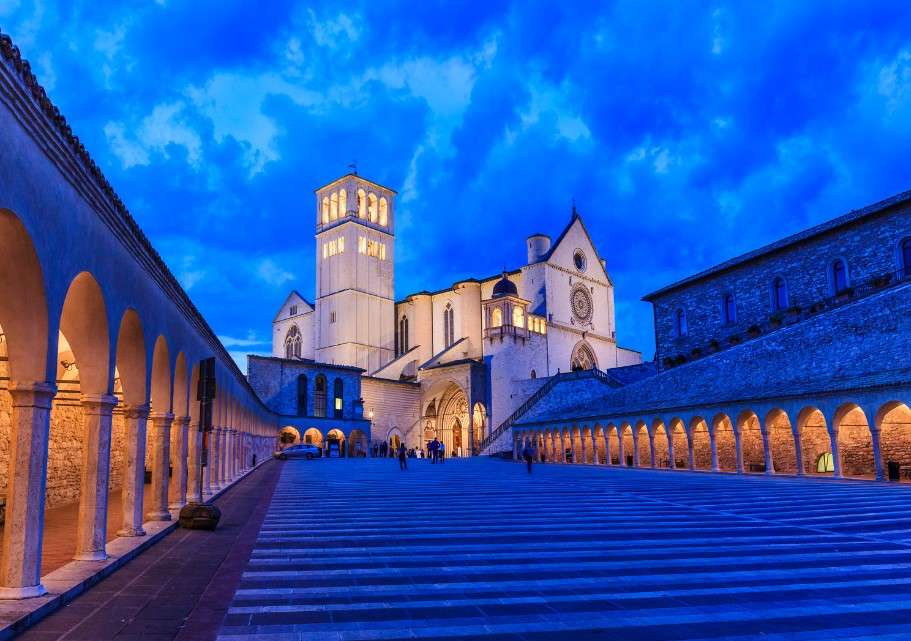
The Basilica of San Francesco is a beautiful Gothic-style church in Assisi, Umbria. The church is famous for its frescoes, which Giotto and his students painted. The frescoes depict scenes from the life of St. Francis, the patron saint of Italy.
Basilica of San Francesco, Assisi: Quick Facts
- The Basilica of San Francesco is a large, double-spired church in Assisi, Italy. It was built to honor Saint Francis of Assisi, the patron saint of Italy, who died in 1226.
- The basilica’s interior is decorated with elaborate frescoes, carved marble, and other artwork depicting scenes from Saint Francis’s life.
- The complex also includes two smaller churches, the Porziuncola and the Sacro Convento. Those were the original sites of Saint Francis’ religious activities.
10. The Arena of Verona

The Arena of Verona is a Roman amphitheater in Verona, Northern Italy. It was built in the 1st century A.D. and can seat around 30,000 people. It is one of the best-preserved ancient structures of its kind and is still used for performances and events today.
Pro Tip: While you’re in or around Verona, taking a detour to Venice (just 1 hour away by car) is highly recommended. Venice is a city that is absolutely worth visiting, filled with unparalleled historical and architectural treasures.
The Arena of Verona: Quick Facts
- The Arena of Verona was built in the 1st century A.D. as a Roman amphitheater for public events.
- The Arena of Verona is the third-largest theater in Italy. It is still used for concerts, operas, and other performances today.
- The Arena of Verona has been on the UNESCO World Heritage list since 2000.
Final Thoughts
Italy has a rich history and culture. These top 10 must-see historical landmarks are just a tiny sample of the many incredible places to visit.
From the Colosseum’s grandeur to the Uffizi Gallery’s artistic treasure trove, each site provides a window into Italy’s illustrious past.
Italy boasts more UNESCO World Heritage cultural sites than any other nation, ranging from Roman and Greek temples to charming villages and Renaissance landmarks.
Whether you’re a history buff or just looking for a memorable vacation, these sites will leave a lasting impression. So pack your bags and get ready for an unforgettable journey through Italy’s rich history and culture.
Further Reading:
- Discover Italy’s Most Iconic Landmarks
- 15 Interesting Facts You Didn’t Know About Italian Culture



